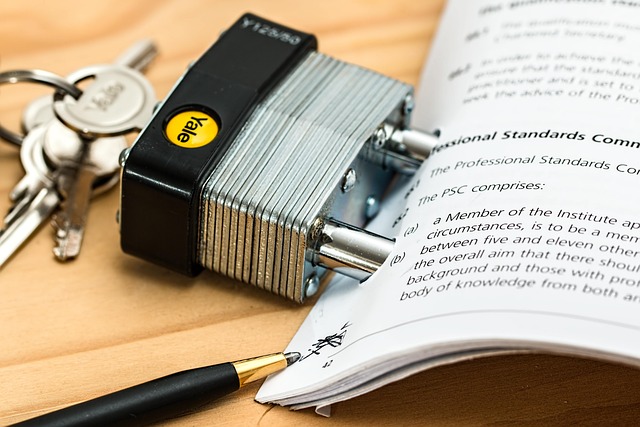Navigating Sign Language Privacy in the Digital Age: A Data Protection Perspective
In a world where communication is increasingly digitized, the importance of sign language privacy can no longer be overlooked. As technology continues to evolve, new social trends emerge that significantly impact how we communicate, including the Deaf and hard-of-hearing communities. With the rise of video conferencing, social media, and real-time messaging platforms, the stakes are higher than ever regarding the privacy of our interactions using sign language.
Technology Etiquette: Respecting Communication Boundaries
Understanding technology etiquette is essential for ensuring that sign language users feel respected and safe when engaging in digital communication. It’s not uncommon for individuals to inadvertently capture and share videos or images of sign language conversations without consent, leading to a breach of privacy. This is particularly concerning in public spaces or online forums where discussions might be recorded or broadcasted without the knowledge of the participants.
Respecting communications boundaries means recognizing when someone is using sign language and being mindful of the implications that recording or sharing those moments could have. We must foster an environment where it is considered impolite to capture or share content without clear consent, as doing so can compromise the trust and safety that are paramount in any form of communication.
Social Trends: The Impact of Digital Communication on Deaf Culture
As virtual interactions become more integrated into our lives, there’s an evolving social trend that highlights the need for greater awareness of sign language privacy. The growing use of video platforms has enabled many Deaf individuals to connect in new ways, but it also opens the door to potential exploitation. For example, while a live stream might seem harmless, it is crucial to understand the implications for privacy when it comes to sign language discussions that may include sensitive topics or personal information.
This shift demands that society adapts to these new forms of engagement while preserving the integrity of Deaf culture. As communication continues to be shaped by technology, it’s vital to advocate for practices that uphold the privacy rights of individuals who use sign language. By prioritizing inclusive communication and valuing the personal boundaries of the Deaf community, we can ensure that sign language remains a safe and respected mode of expression in the digital sphere.
Additionally, organizations and platforms must implement more robust data protection measures to safeguard users’ privacy. This includes educating users about their rights, encouraging transparency, and providing tools that allow individuals to maintain control over their conversations and content. It’s about creating a cultural shift that values the privacy of every user, especially those using sign language as their primary form of communication.




